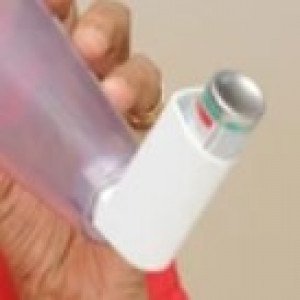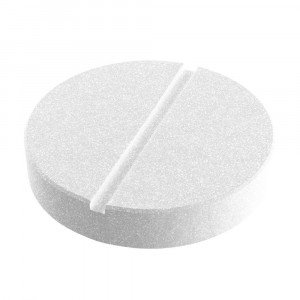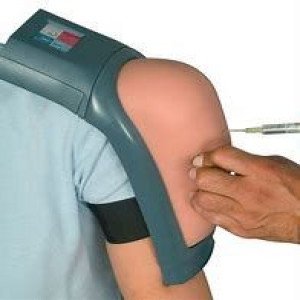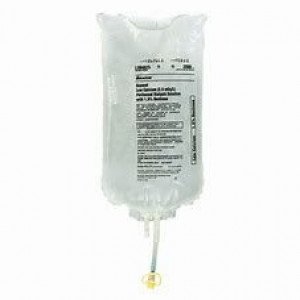 Welcome
Welcome
“May all be happy, may all be healed, may all be at peace and may no one ever suffer."
- A
- B
- C
- D
- E
- F
- G
- H
- I
- J
- K
- L
- M
- N
- O
- P
- Q
- R
- S
- T
- U
- V
- W
- X
- Y
- Z
Dilcontin XL 90mg
Nitrocontin 6.4mg
Tablet (Controlled Release) - Brands
A controlled-release tablet is a type of medication that is designed to release the active ingredient slowly and gradually over a prolonged period of time. This type of tablet is formulated with a special coating or matrix that controls the rate of drug release, allowing for a more consistent and sustained effect compared to immediate-release tablets.
Controlled-release tablets are often used to treat conditions that require long-term medication therapy, such as hypertension, diabetes, and chronic pain. By releasing the drug slowly over time, controlled-release tablets can help to maintain consistent blood levels of the drug and reduce the risk of side effects associated with rapid changes in drug concentration.
The rate of drug release from a controlled-release tablet can be influenced by a number of factors, including the properties of the drug, the type of coating or matrix used, and the pH and composition of the digestive fluids in the body. As a result, it is important to follow the manufacturer's instructions for proper use of controlled-release tablets, including any instructions regarding how to take the medication, whether it can be crushed or chewed, and any potential interactions with other medications.
It is important to note that controlled-release tablets should not be altered or broken before taking, as this can affect the rate of drug release and potentially lead to an overdose or other adverse effects. As with any medication, patients should follow their healthcare provider's instructions for proper use and be aware of any potential side effects or interactions with other medications.
How to use Tablet (Controlled Release)?
Controlled release tablets are designed to release the medication gradually over a specific period of time, rather than all at once. Here are the general steps for using a controlled release tablet:
- Read the medication label carefully to make sure you understand how to take the medication.
- Swallow the tablet whole with water. Do not crush, chew, or break the tablet, as this can affect the way the medication is released.
- Take the tablet at the same time each day or as directed by your healthcare provider.
- Do not drink alcohol while taking the medication, as this can increase the risk of side effects.
- Do not change the dose or stop taking the medication without consulting with your healthcare provider.
It is important to follow the instructions provided by your healthcare provider or the medication packaging. If you have any questions or concerns about how to use a controlled release tablet, be sure to consult with your healthcare provider or pharmacist.

Solution

Tablet (EC)

IM Injection

Dialysis Solution

Nail Lacquer

Capsule (ER)

Muscle Rub

Nebuliser
Controlled Release Tablet, How to use Controlled Release Tablet, নিয়ন্ত্রিত রিলিজ ট্যাবলেট, CR Tablet, এসআর ট্যাবলেট
To be happy, beautiful, healthy, wealthy, hale and long-lived stay with DM3S.